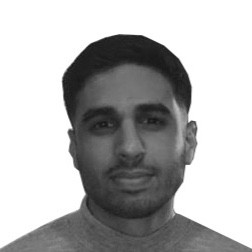The chemistry of uranium has long captivated scientists, but recent breakthroughs are finally revealing its complexities. From nuclear energy to environmental remediation, understanding uranium’s behaviour in different chemical environments could reshape our approach to many challenges, including waste disposal and contamination.
Uranium’s ability to exist in multiple oxidation states, such as uranium(IV) (U⁴⁺) and uranium(VI) (U⁶⁺), makes it particularly difficult to manage. The mobility of U⁶⁺ in groundwater, for instance, poses significant environmental risks, especially at uranium-contaminated sites.
“When U⁶⁺ is present in groundwater, it becomes a major problem due to its mobility, which makes cleanup efforts extremely challenging,”
notes John Bargar, a senior scientist at Stanford Synchrotron Radiation Lightsource.
In efforts to mitigate these risks, researchers have been investigating natural microbial processes to reduce U⁶⁺ to U⁴⁺.
“By stimulating microbial activity, we’ve found that bacteria can help immobilise uranium in its reduced form, significantly reducing its environmental impact,”
explains Bargar. This strategy has shown promise in field tests, including at the Old Rifle site in Colorado, where researchers introduced acetate to the aquifer to stimulate metal-reducing bacteria.
Whilst this is going on, advancements in understanding uranium’s chemical bonding behaviour are providing insights into its broader applications.
“We hope to gather new information on some novel chemistry of uranium and thorium, which can then be implemented by engineers and technologists to do something useful,”
says a researcher from Purchase College. This research may help make uranium waste less hazardous, perhaps even unlocking potential for reuse.
While these discoveries represent a leap forward in uranium chemistry, much remains unknown. Yet, with every new insight, scientists are moving closer to turning uranium from a problem element into a solution for sustainable energy and environmental management. As one researcher puts it, “Clever chemistry might result in nuclear waste no longer being ‘waste’”.
This growing understanding of uranium’s chemistry could pave the way for new technologies that tackle the dual challenges of energy production and environmental conservation, transforming an element once synonymous with danger into one of promise for the future.

Hassan graduated with a Master’s degree in Chemical Engineering from the University of Chester (UK). He currently works as a design engineering consultant for one of the largest engineering firms in the world along with being an associate member of the Institute of Chemical Engineers (IChemE).



